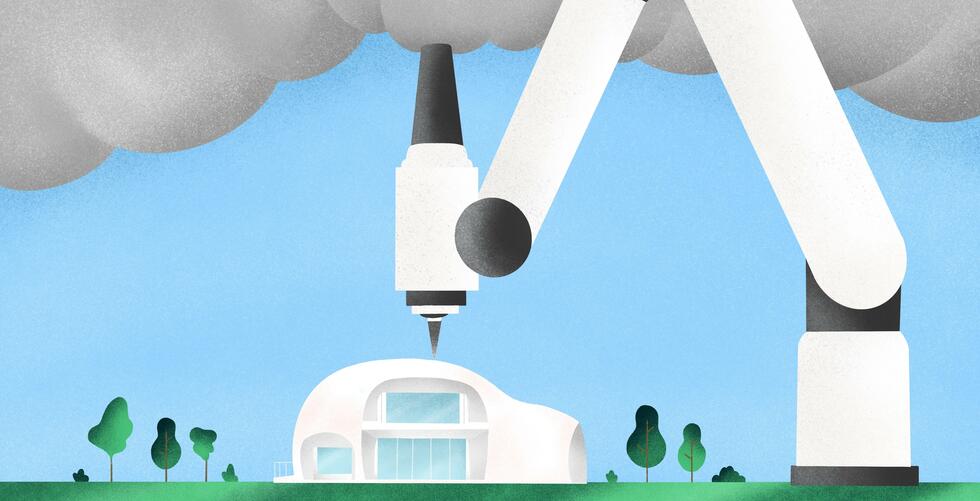SHORT NEWS
Negative emissions: Major breakthrough or empty promise?
It would be necessary to extract CO₂ from the atmosphere on a massive scale. There are already ideas and pilot projects that aim to achieve this. However, in order to make a real contribution to a neutral carbon footprint, the scale would have to be increased by several orders of magnitude.

In their search for new weapons to combat global warming, scientists are eyeing Iceland in the far north of Europe. There, a special facility developed by a Swiss company is filtering carbon dioxide (CO₂) from the air. Dissolved in water, the greenhouse gas is injected 700 meters underground – and thus permanently removed from the atmosphere. This sounds like a clean solution, but so far, it is being operated only on a very tiny scale.
Great hopes are pinned on the project and a handful of other test facilities. Because negative emissions – i.e. the extraction of CO₂ from the atmosphere – will inevitably have to play a major role in a just few years’ time. Virtually all model scenarios that achieve a 1.5 or 2 degree Celsius target rely on carbon sequestration. “Stopping global warming without extracting at least some CO₂ from the atmosphere is unrealistic,” says Sabine Fuss from the Mercator Research Institute on Global Commons and Climate Change (MCC).
Huge potential in theory
In theory, the potential is enormous. But in practice, only homeopathic dosages of CO₂ have so far been extracted from the atmosphere. The Icelandic prototype facility, for example, which applies what is known as the DACCS (Direct Air Carbon Capture and Storage) process, extracts an estimated 50 metric tonnes of CO₂ from the air each year. It is a part of the CarbFix2 project run by the Swiss company Climeworks and is located on the premises of the Hellisheidi geothermal power plant.
According to Climeworks, a larger plant capable of filtering several thousand metric tonnes of CO₂ a year is scheduled to be built over the next year and a half. The Canadian company Carbon Engineering even plans to build a plant with a capacity of one million metric tonnes of CO₂ per year by 2023.
But humankind emits more than 40 billion tonnes (40 gigatonnes) of CO₂ every year – without any noticeable reduction having been achieved so far. If we continue on this path, the UN environmental program UNEP estimates that the temperature rise will reach 3.4 to 3.9 degrees Celsius by the end of the century. If, however, global warming is to be limited to 1.5 degrees, the Intergovernmental Panel on Climate Change states that net emissions must fall continuously, reaching zero in 2050.






































































































